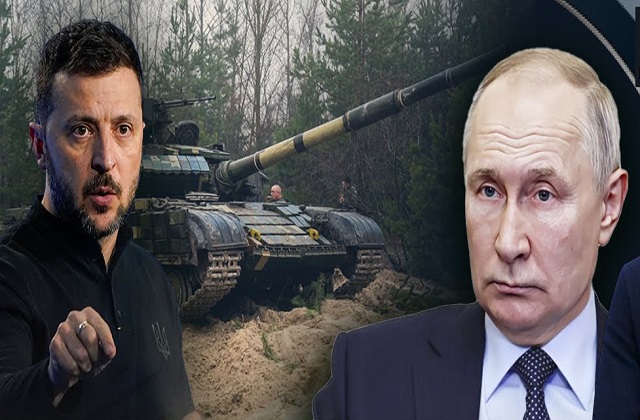The ongoing war between Russia and Ukraine now seems to be moving in an even more brutal and destructive direction. On Saturday and Sunday night, Russia carried out its most severe air strike on Ukraine so far. After this attack, Ukrainian President Volodymyr Zelensky has started the formal process of withdrawing from the Ottawa Convention (Anti-Personnel Mine Ban Treaty). Signing this decree, President Zelensky said: “I order the implementation of the decision of the Ukrainian National Security and Defense Council of June 29, 2025, which paves the way for bringing us out of this historic treaty.” This order will require the approval of the Ukrainian Parliament to come into legal effect, after which it will be notified to the United Nations.

What are anti-personnel mines and why are they dangerous?
- These mines are kept hidden in the ground and explode as soon as a person steps on them.
- These do cause death, but in most cases people become crippled or permanently disabled.
- Even after the war, these mines remain hidden in the ground for years, due to which common citizens also become victims.
Why did Ukraine take this decision?
The Ukrainian Foreign Ministry has linked this decision to the internal security and territorial defense of the country. An official statement said, “Ukraine gives top priority to the safety of its citizens. We are taking this decision to protect our land and people from Russian attacks. This is a difficult but necessary decision.” Ukrainian MP Roman Kostenko said, “We have taken this step too late. Russia has been using these mines against civilians and soldiers for years, now we too must respond.”
What is the Ottawa Convention?
This treaty came into force in 1997 and 160 countries joined it. Under this, member countries have a complete ban on the production, use, storage and transfer of anti-personnel mines. The purpose of this treaty is to protect civilians from these hidden deaths during and after the war.